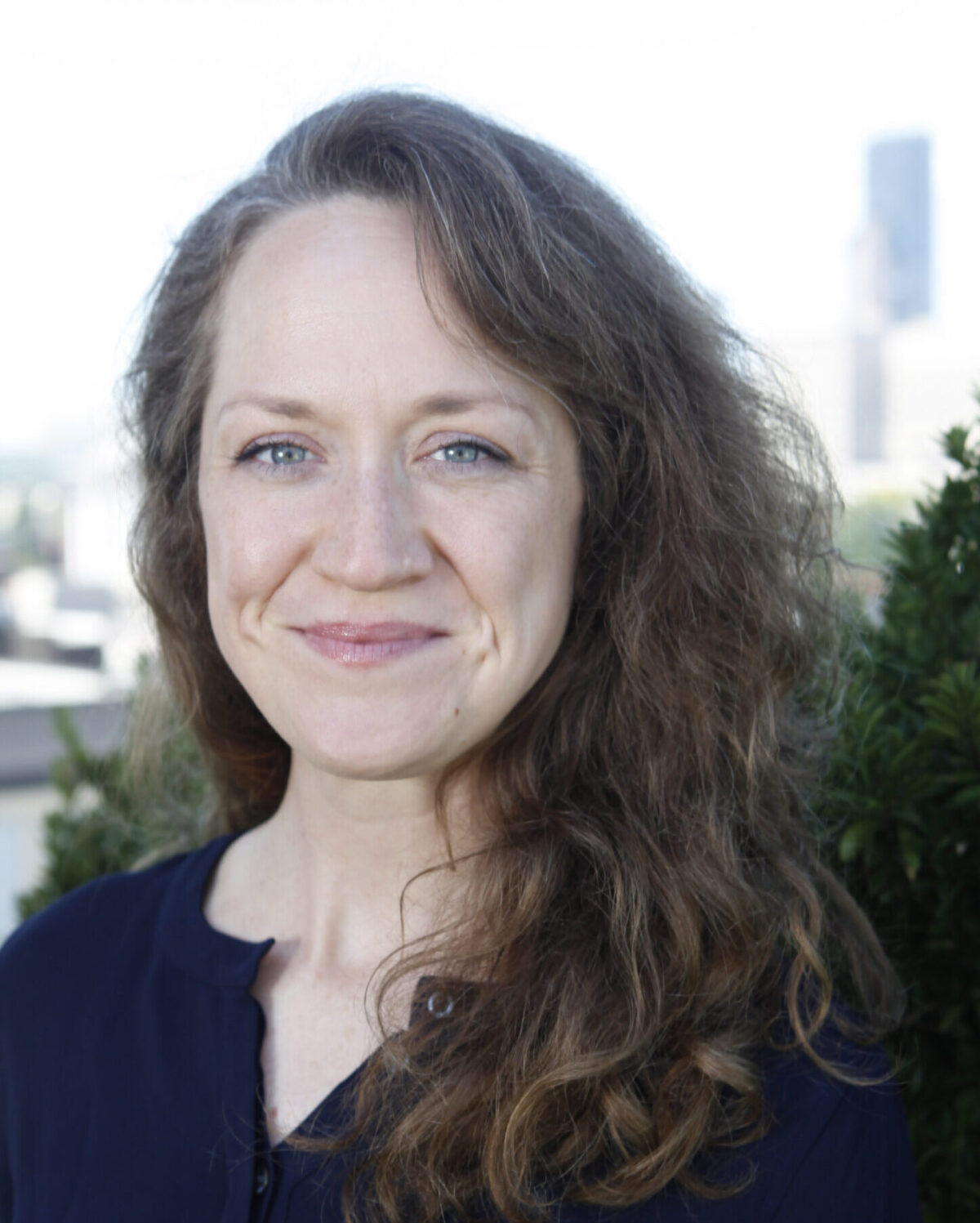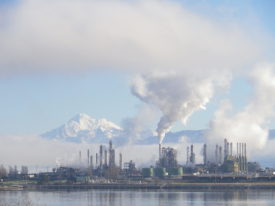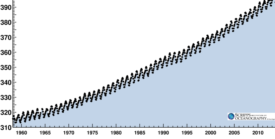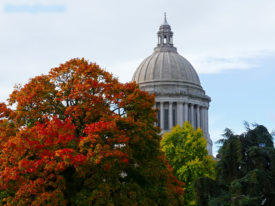Alan
Humans are rank amateurs at invention, compared with evolution. Witness: the dragonfly.
Eric
Folks in Seattle who support “apodments” are gathering on Monday, April 8 at Still Liquor from 5-7 p.m. The billing: “Learn more about small affordable apartments in Seattle, why they are so important, and what you can do to help keep this housing option available. Questions: smallaffordableseattle@gmail.com.”
This last week brought a bevy of provocative pieces on transportation policy in Washington. At Crosscut, former transportation secretary Doug MacDonald outlined the five biggest roadblocks to better transportation and then followed up with a fix-it-first approach to road investments. And at Seattle Transit Blog, Ben Schiendelman eviscerated the Columbia River Crossing megaproject in a three part series here, here, and here.
As transportation relates to coal, EarthFix reporter Bonnie Stewart demonstrates the enormous importance of long-form in-depth journalism in her piece about the impact that coal trains would have on the Northwest’s rail capacity.
Sustainable Business Oregon goes deep on carbon taxes with an op-ed by PSU economist Tom Potiowsky and an interview with Terry Lake, British Columbia’s minister of environment.
At the New Yorker, William Finnegan had a fascinating profile of Gina Rinehart, a mining magnate who has become the richest person in Australia.
Benjamin Drummond and Sara Joy Steele have a new multimedia document out, Badru’s Story. It’s a six-minute exploration of conservation fieldwork in Uganda that will provide new information about the effect of climate change on tropical forests.
Anna
My brother (via our beloved Digby) alerted me to a grave global warming impact that’s not necessarily on everybody’s radar yet—a threat to the world’s chocolate supply! This is no joke. This is from a report by the International Cocoa Organization:
Half of the world’s cocoa comes from the West African nations of Ivory Coast and Ghana. An expected temperature rise of more than two degrees Celsius by 2050 will render many of the region’s cocoa-producing areas too hot for the plants that bear the fruit from which chocolate is made, says a new study from the Colombia-based International Centre for Tropical Agriculture (CIAT).
“What we are saying is that if we don’t take any action, there won’t be sufficient chocolate around in the future,” said Peter Läderach, the report’s lead author.
Life without chocolate around when I’m in my 70s and my daughter is my age? Digby wonders if this is one threat that might make climate change seem immediate and serious enough for more people to care. I wonder too.
Here’s an EarthFix infographic that puts into perspective how long the coal trains clogging up NW cities and rail lines already are—and how much longer they’ll get if coal traffickers have their way.
Former Sightliner Madeline Ostrander asks in The Nation: Will California’s cap-and-trade system be fair—especially to communities plagued with health problems like allergies, asthma, and even cancer, caused by toxics from refineries and other polluting facilities in their neighborhoods? (There’s also an excellent accompanying video).
Should we abolish the 401(K)? It could be that the major crisis in US retirement security is not Social Security, but dependence on risky private retirement plans. Salon’s Michael Lind explains the problem and the politics:
401K retirement plans and other defined contribution plans, including individual retirement accounts (IRAs), now cover about 42 percent of the workforce as opposed to only about 17 percent in 1979.
In these defined contribution plans, savings by individual workers received favorable tax treatment. But the risks, including risks from poor investments and the chance that you will retire during a stock market downturn, fall entirely on the individual. Even worse, many working-class and middle-class Americans with 401Ks are stealthily fleeced by money managers, who charge high and often difficult-to-find fees for allocating retirement money among stocks, bonds and other assets.
Lind explains that it’s the well-off elites who not only don’t rely on Social Security, but also have the most to gain from government tax expenditures that subsidize individual retirement savings—“the top 20 percent of American earners reaping 80 percent of the benefits.” And “only in the top two quintiles, the income categories in which are found almost all American political donors, politicians, pundits, journalists and policy wonks, that Social Security provides less than half of retirement income—a mere 17.3 percent for members of the top quintile and a microscopic smidgen for elderly members of the 1 percent.” No wonder there is a bipartisan elite consensus on cutting Social Security, Lind quips, and no elite movement focused on cutting tax-favored private retirement plans. There are better ways:
To be sure, it is possible to devise tax-favored private retirement savings plans that reduce the risks to individuals from a volatile stock market and lower management fees somewhat. Teresa Ghilarducci has done this with her thoughtful proposal for Guaranteed Retirement Accounts, as has Sen. Tom Harkin, with his smart proposal for Universal, Secure, and Adaptable (USA) Retirement Funds. Either would be an improvement on the present system. If private retirement savings are to be subsidized at all, then 401Ks and IRAs ought to be replaced by less risky plans like these.
To be sure, it is possible to devise tax-favored private retirement savings plans that reduce the risks to individuals from a volatile stock market and lower management fees somewhat.









